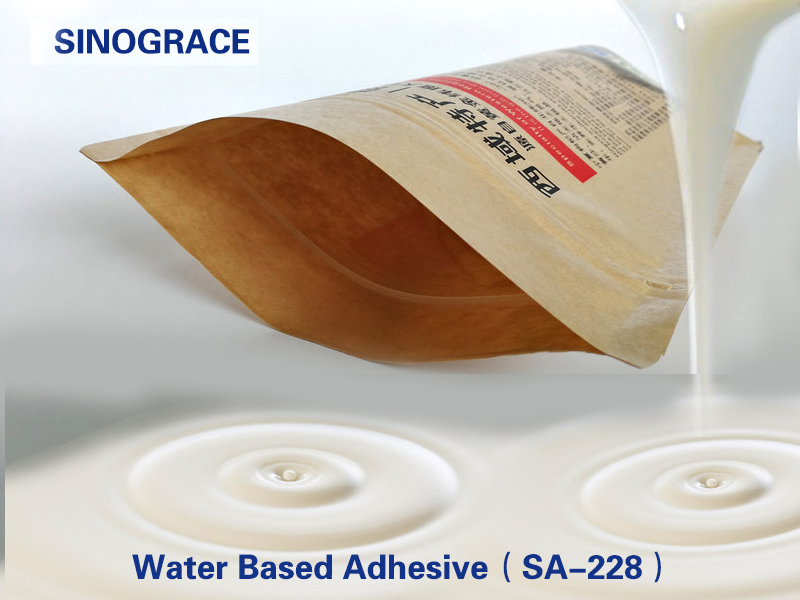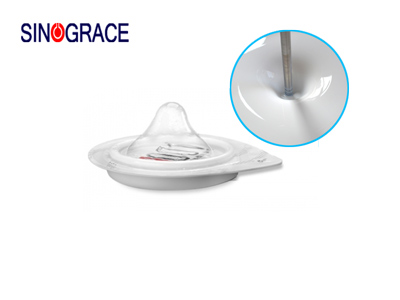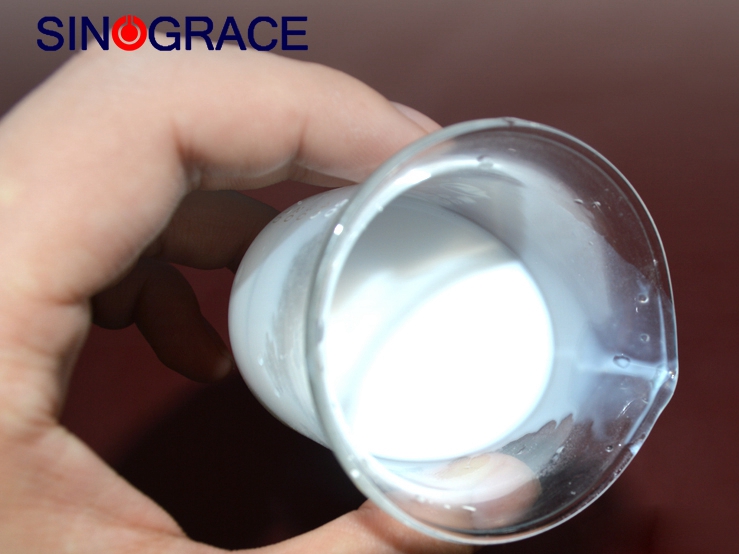Take you quickly understand water-based adhesives!
Water-based adhesive with high polymer, water-soluble resin as the main raw materials, water as the solvent, less odor, environmental protection. With the continuous improvement of people's environmental awareness, water-based adhesives have become the mainstream of the market in recent years. Characteristics of water-based adhesive 1.Applicable to the substrate any kind of adhesive is not omnipotent, a adhesive is only suitable for bonding a certain or a class of specific materials. At present, water-based adhesive is mainly used for polishing paper/paper, PET/paper, BOPP/paper, PVC/paper, plastic/plastic and other substrate bonding. 2.Inherent characteristics Each water-based adhesive has its own "intrinsic properties". The inherent characteristics of water-based adhesives mainly include appearance (product appearance and film appearance), solid content, density, pH value, solvent ratio, opening time, high/low temperature resistance, initial viscosity, curing viscosity, etc. The bonding modes of water-based adhesives are generally divided into three types: machine adhesive, hand adhesive, machine adhesive and hand adhesive. Different bonding modes correspond to different inherent characteristics. For example, when mechanical adhesives are used, the opening time of water-based adhesives is required to be short; When using hand adhesive, the water-based adhesive is required to open for a long time. In terms of high/low temperature resistance, the water-based adhesive is required to bake for 72 hours in a safe range, and then after freezing for 72 hours, the bond strength remains unchanged, without degumming, brittle film and other phenomena. Pay attention to the use of sealant adhesive 1.The operating temperature of water-based sealing adhesive should be above 0 degrees. Otherwise, icing will damage the adhesive performance and even cannot be used. 2.Beware of splashing into the eyes and mouth. If accidentally entered, rinse immediately with clean water; 3.Do not add water in the process of use 4.Do not pour the waste liquid directly into the sewer or river, the remaining residue can be static dry film after solid waste treatment; 5.Storage of water-based sealant generally choose cool, dry and temperature above 0 degrees environment, shelf life is generally 6 months; 6.Screw on the packaging cover of products that are not used up in storage after use to prevent drying out.
read more

 English
English français
français русский
русский español
español العربية
العربية








